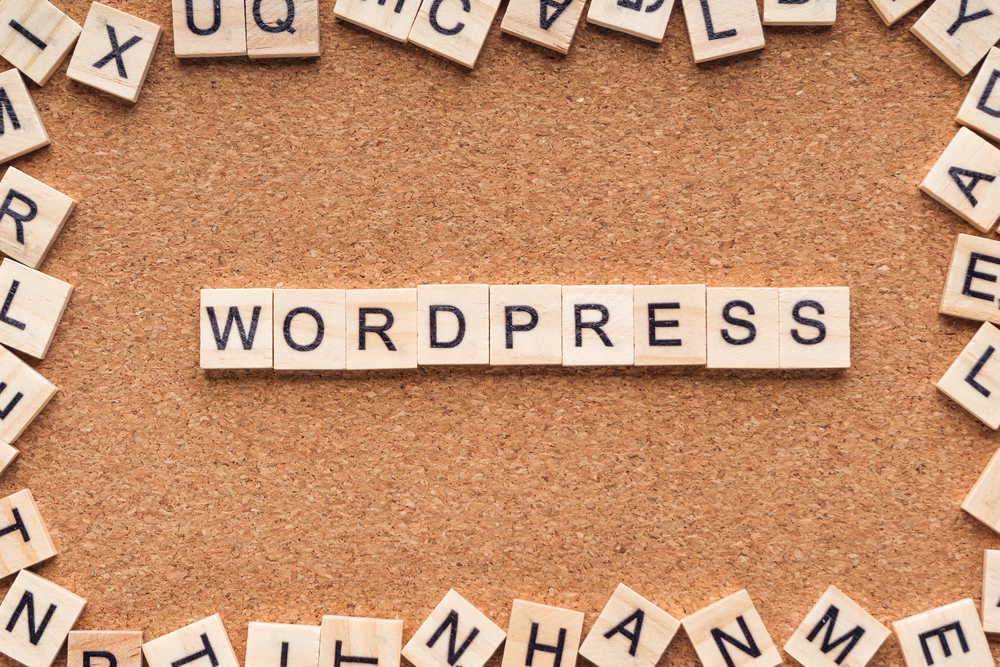
Introduction
WordPress is an incredibly powerful platform for building websites. With its flexibility and numerous customization options, you can easily create a visually appealing and high-performing website. However, to truly make your WordPress (the blogging platform) site stand out from the competition, you need to delve into customization and maintenance. In this article, we will discuss essential customization and maintenance tips that will not only boost your site's appeal but also enhance its performance.
1. Choose a Theme Wisely
The first step in customizing your WordPress (or WP) site is selecting the right theme. There are thousands of free and premium themes available, so it's important to choose one that aligns with your brand and desired functionality. Look for a theme that is lightweight and optimized for speed, as site performance plays a crucial role in user experience and search engine rankings.
2. Customize the Appearance
Once you have chosen a theme, it's time to customize the appearance of your website. WordPress allows you to easily customize your site's header, footer, fonts, colors, and layout through the built-in Customizer. This allows you to create a unique look and feel that represents your brand.
Additionally, consider installing a page builder plugin like Elementor or Divi. These plugins provide drag-and-drop functionality, making it easy to create custom layouts and designs without any coding knowledge.
3. Optimize for Speed
Website speed is a critical factor when it comes to user experience and search engine rankings. Slow-loading pages can deter visitors and impact your site's overall performance. There are several ways to improve your WordPress (WP) site's speed:
- Choose a reliable hosting provider that offers optimized servers for WordPress.- Compress and optimize your images using plugins like Smush or ShortPixel.
- Minify your CSS and JavaScript files to reduce their file size.
- Utilize caching plugins such as WP Rocket or W3 Total Cache to create static versions of your pages, reducing server load and improving load times.
4. Ensure Mobile Responsiveness
With the increasing use of mobile devices, it's essential to ensure that your WordPress (the platform for bloggers) site is mobile-friendly. Google has made mobile responsiveness a ranking factor, so it's crucial to provide a seamless experience across all devices.
Choose a responsive theme that adjusts to different screen sizes automatically. Additionally, test your site using Google's Mobile-Friendly Test tool to identify any issues that need to be addressed.
5. Secure Your Site
WordPress is a popular target for hackers due to its widespread usage. To safeguard your site from potential threats, it's crucial to implement proper security measures:
- Keep your WordPress core, plugins, and themes updated to leverage the latest security patches.- Use a reputable security plugin like Sucuri or Wordfence to monitor and protect your site against malicious activities.
- Regularly backup your site using a reliable plugin or a service like UpdraftPlus or VaultPress. In case of any security breaches or data loss, you can easily restore your site to its previous state.
6. Optimize SEO
Search engine optimization is vital to improve the visibility of your WordPress site. By optimizing your site for search engines, you can attract organic traffic and increase your rankings. Here are a few essential tips to enhance your WordPress site's SEO:
- Install an SEO plugin like Yoast SEO or Rank Math to optimize your meta tags, sitemaps, and content.
- Optimize your images by adding descriptive alt tags and compressing them for faster loading.- Create high-quality, relevant, and engaging content that incorporates relevant keywords.
Frequently Asked Questions
Q1. Can I change the theme of my WordPress site after it is live?A1. Yes, you can change the theme of your WordPress site at any time. However, it's important to ensure that the new theme is compatible with your existing content and plugins. Make sure to backup your site before making any major changes.
Q2. How often should I update my plugins and themes?
A2. It's crucial to keep your plugins and themes updated regularly. Developers release updates to fix bugs, add new features, and patch security vulnerabilities. Check for updates at least once a month and ensure that your site is running the latest versions.
Q3. What are the benefits of using a caching plugin?
A3. Caching plugins create static versions of your pages, which reduces the load on your server and improves site speed. By caching your content, you can deliver web pages faster to your visitors, leading to a better user experience and improved search engine rankings.
Q4. How can I improve my WordPress site's security?
A4. To improve your site's security, you should keep your WordPress core, plugins, and themes updated. Additionally, use a security plugin, regularly backup your site, and implement strong passwords and two-factor authentication.
Q5. Are there any free SEO plugins available for WordPress?
A5. Yes, there are several free SEO plugins available for WordPress. Popular options include Yoast SEO, Rank Math, and All in One SEO Pack. These plugins offer a range of features to optimize your site for search engines.
Conclusion
By implementing these essential customization and maintenance tips, you can boost the appeal and performance of your WordPress site. Remember to choose a suitable theme, customize the appearance, optimize for speed and mobile responsiveness, secure your site, and optimize SEO. With a well-optimized and visually appealing WordPress site, you can engage visitors, improve user experience, and achieve your online goals.
Other useful resources
- https://www.wordpress24plus.com/services/wordpress-development/
- https://www.wordpress24plus.com/services/wordpress-developer/
Set the number of columns in the parameters of this section. Make your own website in a few clicks!